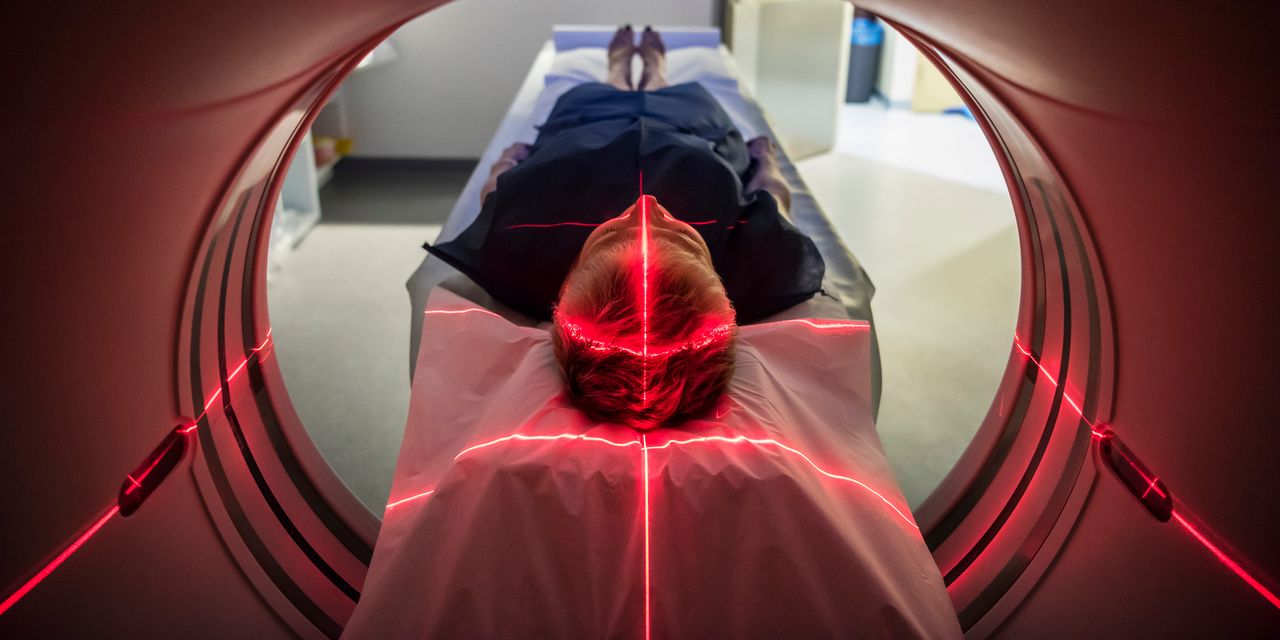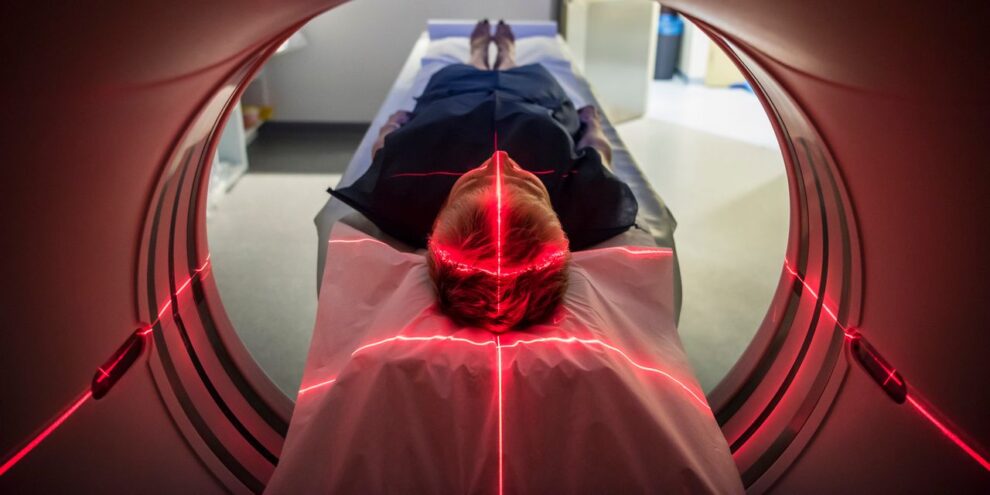
Imagine you and your neighbor both need brain CT scans — common imaging procedures that use special X-ray equipment. You both have commercial health insurance and go to the same hospital for the procedure. But the price for your scan is 10 times higher than your neighbor’s.
That’s the level of disparity in prices negotiated between hospitals and commercial health insurers for some common healthcare services, according to a new study published in the journal Radiology. In a quarter of hospitals studied, the maximum price negotiated with a commercial health plan for a brain CT scan was at least 10 times higher than the minimum price.
Looking at radiology services such as CT scans, MRIs, mammograms and ultrasounds, the researchers found that on average, the highest negotiated price was nearly quadruple the lowest negotiated price for the same service at the same hospital. When a single insurance company manages multiple health plans that contract with the same hospital, there can also be wide price gaps for services within the same hospital-insurance company pair, the study found.
The data show that commercial health plans are “leaving money on the table” when they negotiate prices with hospitals for some popular services, said Ge Bai, a professor of accounting and of health policy at Johns Hopkins University and co-author of the study. Inefficient negotiation can mean higher out-of-pocket costs for insured patients who shoulder a portion of the cost of services and can contribute to higher premiums for workers and for employers who sponsor health plans, she said.
Although insurance companies that negotiate lower prices may be able to offer lower premiums that will attract more enrollees, their incentives aren’t perfectly aligned with consumers’ needs, Bai said. Federal rules cap insurers’ profits at a certain percentage of the amount spent on care. And many large employer-sponsored health plans are self-insured, meaning the employer pays the bills.
The new research underscores broader concerns about the rising cost of healthcare. Employers’ average healthcare costs are expected to increase 6.5% next year, to more than $13,800 per employee, according to Aon AON, +0.30%. For Affordable Care Act marketplace plans, insurers proposed a median premium increase of 10% for 2023, according to a July analysis of preliminary rate filings by the Kaiser Family Foundation.
New federal disclosure rules are giving researchers insight into healthcare pricing variations. Starting last year, hospitals were required to post prices for their services online, and this year, issuers of group or individual health insurance are also required to start posting new price details.
“If we have more competition, more transparency, the pivot point will change” and insurance companies will be more focused on driving down prices, Bai said. Health-insurance trade group AHIP has said that insurance providers work hard to negotiate lower prices but that disclosing privately negotiated rates could create a floor, rather than a ceiling, for prices and push costs higher.
In the Radiology study, some of the more expensive services tended to have wider price variation within hospitals. In an extreme example, Bai said, a single hospital had negotiated brain CT scan prices that ranged from $134 to $4,065 — with the highest price some 30 times more than the lowest.
In cases where a single insurance company had multiple health plans contracting with the same hospital, on average the highest negotiated price for a service was 1.2 times the lowest price for the same hospital-insurance company pair, the study found.
Within these pairs, in a quarter of cases the highest price for services such as abdominal ultrasounds or MRIs of the lower spinal canal was at least double the lowest price. For brain MRI or CT scans, a hospital’s negotiated prices with a single insurance company could vary five- or sixfold across plans, the researchers found.











Add Comment